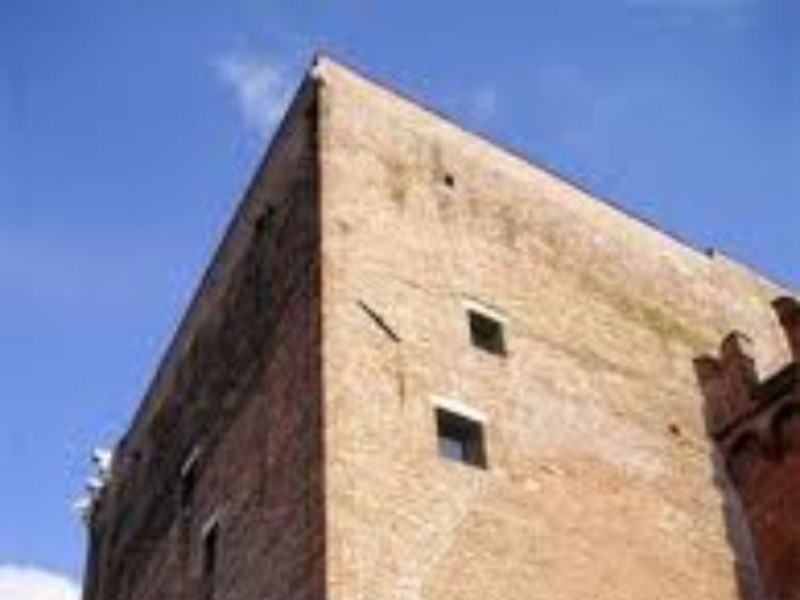Cittadella is a medieval walled city in the province of Padua, northern Italy, founded in the 13th century as a military outpost of Padua. The surrounding wall has been restored and is 1,461 metres (4,793 ft) in circumference with a diameter of around 450 metres (1,480 ft). There are four gates which roughly correspond the points of the compass.
The local football club is A.S. Cittadella.
Restoration of the fortified system
Cittadella was erected in 1220, at the time of the wars between the communes, by order of the city of Padua in order to build a fortified outpost that would defend its territory.
It was built in successive stages in a polygonal shape on orthogonal axes through the construction of 32 large and small towers, with the formation of a protective moat and with four drawbridges next to the four entrance gates.
Its walls, 14 to 16 metres (46 to 52 ft) tall, were built with the "box masonry": two parallel walls filled with a sturdy core of stones and hot slaked lime totaling a thickness of about 2.10 metres (6.9 ft).
The walls today are all intact except for a stretch destroyed in the 16th century during the Cambrai war, and the skilled detail of the construction are still easily visible. It has as many as seven different construction techniques characterized by the alteration of courses in brick and those in river rocks mixed with brick can be recognized.
Rocca di Porta Bassano is one of the most enchanting parts of the fortified complex of Cittadella as it is clear evidence of the defense apparatus of the keep and entrance gates.
The Casa del Capitano (Captain's House) is found inside the Rocca (Fortress), and it is the object of important restoration work that has led to the finding of old frescoes dating to the period of the Carraresi, Malatesta, Sanseverino and Borromeo families. They hand down an out-and-out historical account of the events that occurred between 1260 and 1600, almost replacing written documents.
So as to give the town better defense, the walls originally could be traveled over on various levels through communication trenches, partly made of stone though many other stretches were made of wood or were made along the embankments that ran along the entire wall.
The conservatory repairs of the merlons, the part most highly deteriorated by the wear and tear of time, the safekeeping and restoration of the patrol communications trench that winds along the walls at a height of 14 metres (46 ft), in addition to the restoration, of several points of ascent with the building of the stairs on the breach, the construction of a stairway and glass lift inside the Porta Vicenza Tower, the stairs, the wooden gangway and the glazed entrance roof in the Torresino Church, plus the building of the connection between the Captain's House and the Porta Bassano Tower allows the old routes to be enjoyed, thus offering the visitor a rereading of the walls and the city from preferential points of view never seen before.
Today the patrol communications trench has been restored for 75 percent of its length, and it can be walked along for 3/4. The entire way around will be walkable once the complete restoration will be complete.
Complete restoration of Cittadella's fortified system will be completed over the next few years with a final restoration of the walls of the northeastern and southeasters sectors and with the conclusion of the works being carried out on the gates and towers. Another town still preserving its walls in the region is Montagnana, Italy.
Twin towns
Nova Prata, Brazil, since 2005
Noblesville, USA, since 2005
Guben, Germany
References
